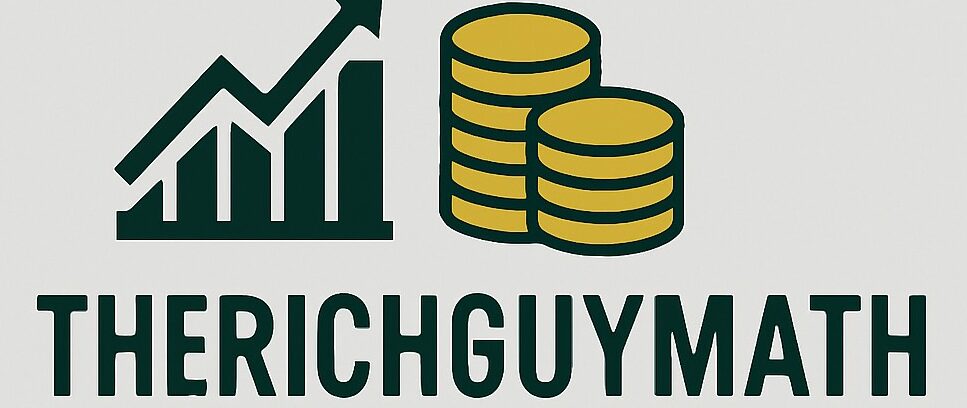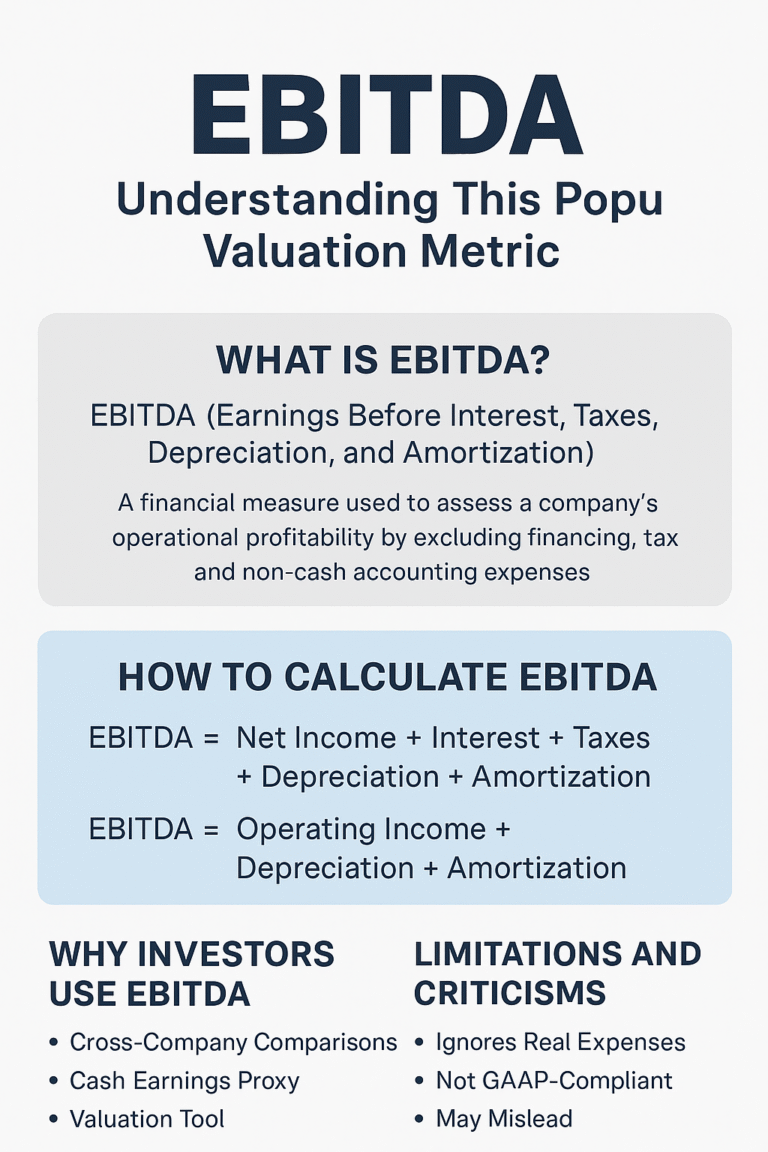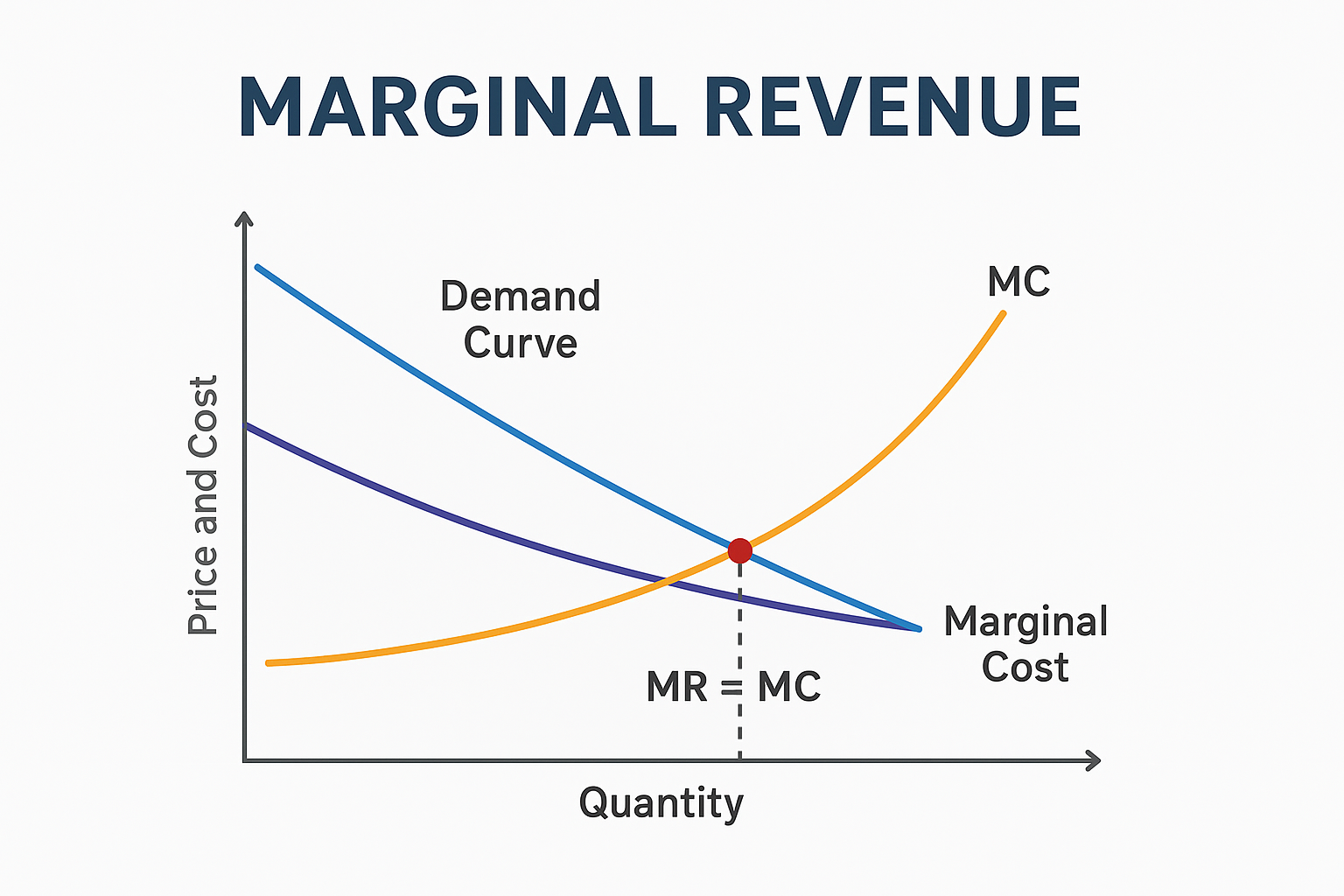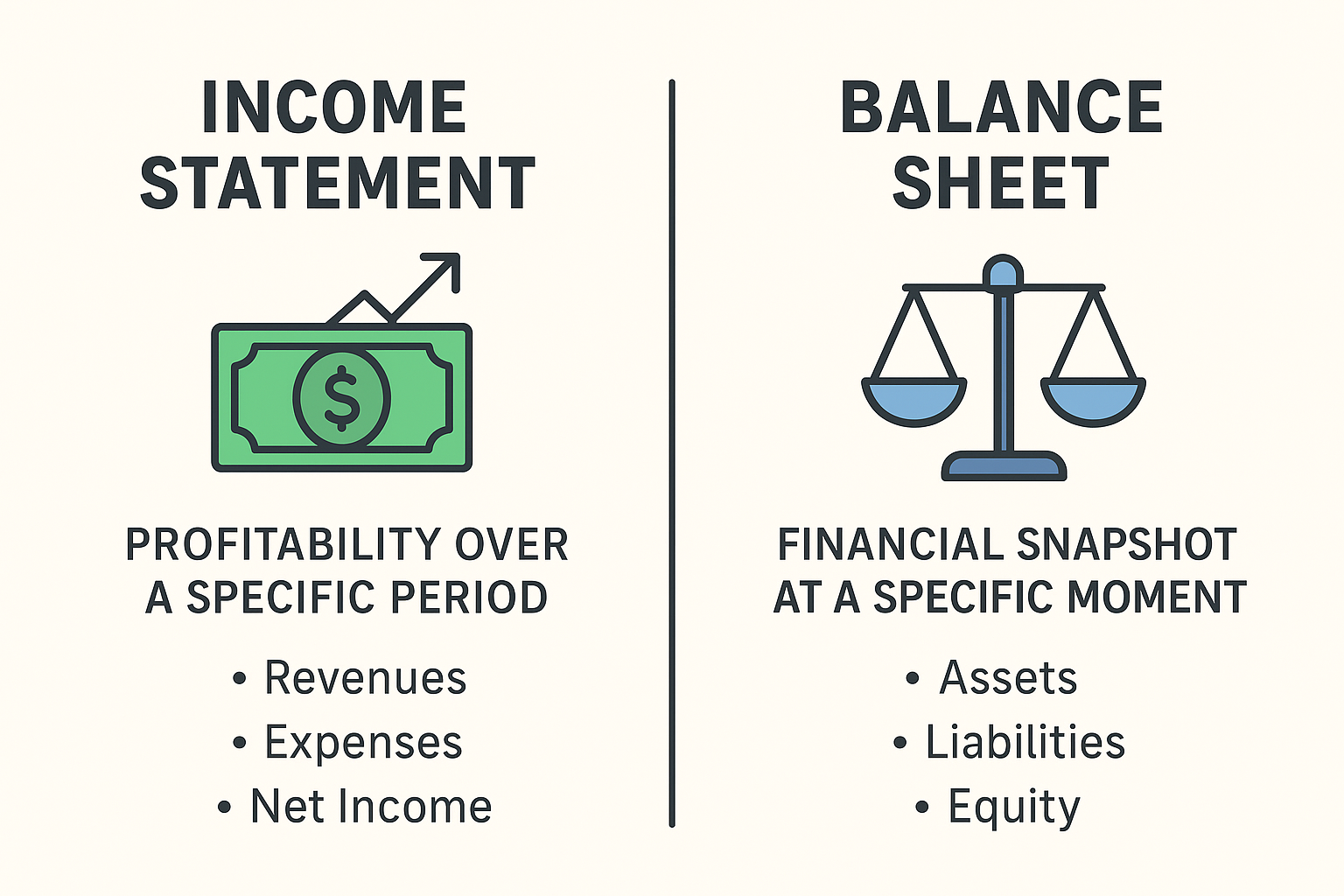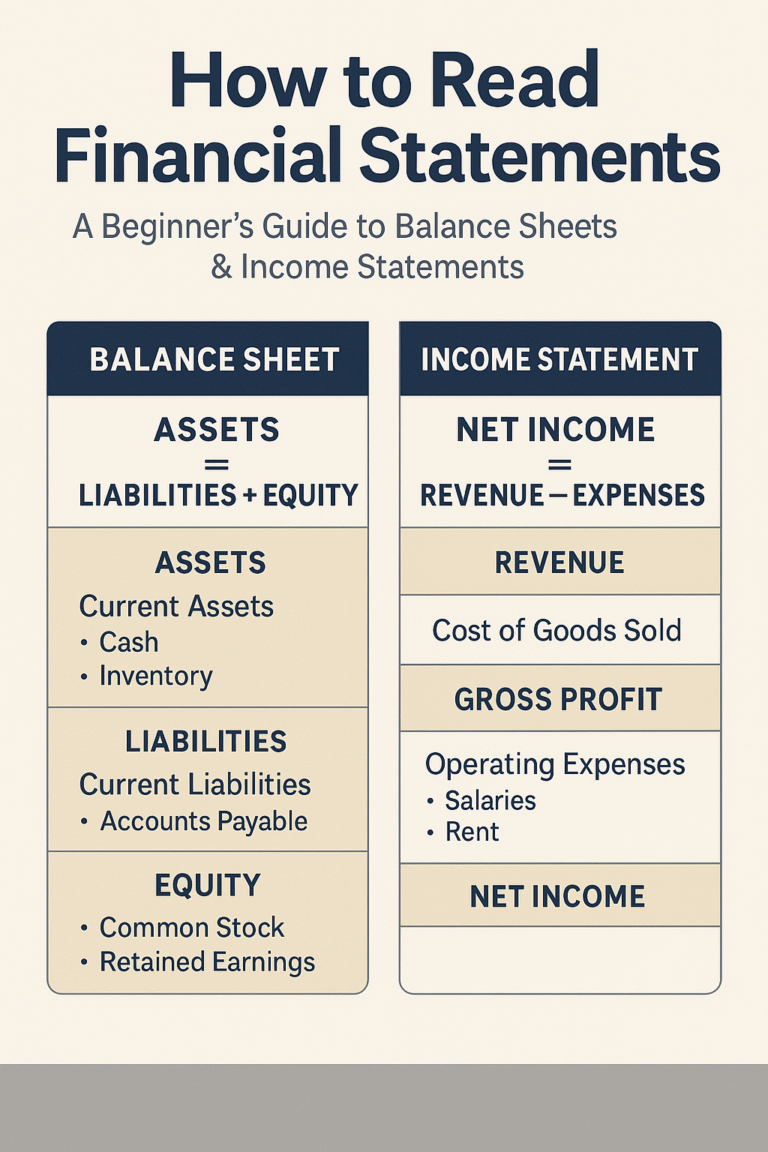NPV (Net Present Value) is a financial metric used to determine the value of an investment, project, or business decision by comparing the present value of cash inflows with the present value of cash outflows.
What Is Net Present Value (NPV)?
Net Present Value (NPV) is a financial metric used to evaluate whether an investment or project adds value. It measures the difference between the present value of expected future cash inflows and the present value of cash outflows (initial investment).
In other words, NPV tells you whether the money you’ll earn from an investment, discounted to today’s value, is greater or less than what you spend upfront.
In simple terms:
- If NPV > 0, the project is profitable.
- If NPV < 0, the project loses money.
- If NPV = 0, the project breaks even.
NPV is one of the most widely used tools in capital budgeting, investing, and valuation because it accounts for both the time value of money and risk-adjusted returns.
Investor Tip: Always compare multiple projects using NPV to identify the most profitable choice.
Why NPV Matters
Money today is worth more than the same amount in the future due to inflation, opportunity cost, and risk. This concept, known as the time value of money, is why NPV matters.
- $1,000 received today can be invested and grow.
- $1,000 received in 5 years is less valuable.
NPV adjusts future cash flows to their present value, helping businesses and investors make more informed financial decisions.
Reasons NPV Is Widely Used
- Considers risk and return by applying a discount rate.
- Time-adjusted measure that accounts for inflation and opportunity cost.
- Decision-making clarity is a simple positive/negative signal.
- Compares alternatives in capital budgeting.
Businesses use NPV when:
- Buying new equipment
- Expanding operations
- Launching new products
- Evaluating mergers and acquisitions
Investors use NPV to assess:
- Stocks and bonds
- Real estate investments
- Retirement planning
The Net Present Value Formula
The formula for NPV is: NPV=∑t=1nCt(1+r)t
NPV = (Cash Flow1 / (1+r)^1) + (Cash Flow2 / (1+r)^2) + ... + (Cash Flown / (1+r)^n) – Initial InvestmentWhere:
- Ct Cash inflow at time t
- C0= Initial investment
- r = Discount rate (cost of capital, required return, or hurdle rate)
- t = Period (year 1, year 2, etc.)
- n = Number of periods
How to Calculate NPV: Step-by-Step Guide
- Estimate cash flows – project inflows/outflows for each year.
- Choose a discount rate – typically the cost of capital or the expected return.
- Discount each cash flow – apply the formula to adjust future cash to present value.
- Sum present values – total inflows.
- Subtract initial investment – final NPV result.
NPV Example 1: Simple Project
Scenario:
- Initial Investment: $10,000
- Year 1 Cash Flow: $4,000
- Year 2 Cash Flow: $4,000
- Year 3 Cash Flow: $4,000
- Discount Rate: 10%
Formula Application:
NPV = (4000 / (1+0.10)^1) + (4000 / (1+0.10)^2) + (4000 / (1+0.10)^3) – 10000Calculations:
- Year 1 = 4000 ÷ 1.10 = 3,636.36
- Year 2 = 4000 ÷ 1.21 = 3,305.79
- Year 3 = 4000 ÷ 1.331 = 3,005.26
Total PV inflows = 9,947.41
NPV = 9,947.41 – 10,000 = –52.59
Result: Negative NPV. The project loses money slightly.
NPV Example 2: Investment with Higher Returns
Scenario:
- Initial Investment: $15,000
- Year 1: $7,000
- Year 2: $7,000
- Year 3: $7,000
- Discount Rate: 8%
Formula:
NPV = (7000 / (1+0.08)^1) + (7000 / (1+0.08)^2) + (7000 / (1+0.08)^3) – 15000Calculations:
- Year 1 = 7000 ÷ 1.08 = 6,481.48
- Year 2 = 7000 ÷ 1.1664 = 6,002.77
- Year 3 = 7000 ÷ 1.2597 = 5,556.20
Total PV inflows = 18,040.45
NPV = 18,040.45 – 15,000 = 3,040.45
Result: Positive NPV. The project adds $3,040.45 in value.
Visualizing NPV
Chart Suggestions for Your Blog:
- Bar Chart: Compare cash inflows vs. discounted inflows to show the time value of money.
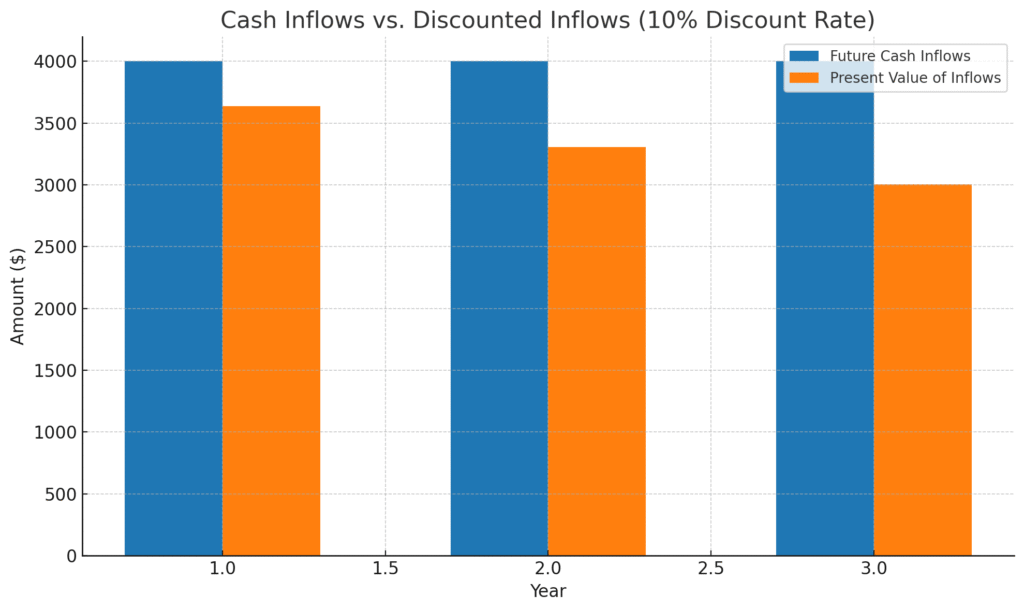
- Line Graph: Net Present Value values at different discount rates (sensitivity analysis).
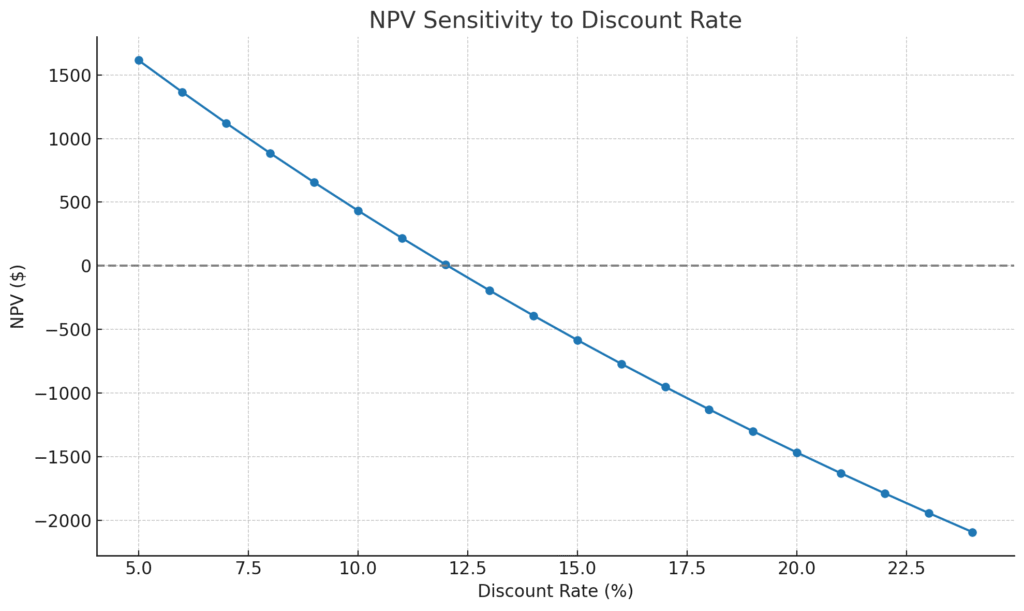
- Table: Side-by-side examples (Positive vs. Negative Net Present Value).

Advantages of Net Present Value
- Incorporates the time value of money.
- Provides absolute value ($), not just a percentage.
- Considers risk via discount rate.
- Easy to compare multiple projects.
Limitations of Net Present Value
- Relies on accurate cash flow forecasts (often uncertain).
- Heavily influenced by the discount rate choice.
- Can undervalue long-term projects if the discount rate is too high.
- Doesn’t reflect non-financial benefits (strategic goals, social impact).
| Metric | What It Measures | Strengths | Weaknesses |
|---|---|---|---|
| NPV | Dollar value added by project | Dollar value added by the project | Sensitive to forecasts/discount rate |
| IRR | Rate of return (%) where NPV=0 | Ignores the time value of money | Misleading with non-normal cash flows |
| Payback Period | Easy comparison to the required return | Simple & quick | Accounts for the time value of money, risk |
| Profitability Index (PI) | PV inflows ÷ Initial investment | Good for comparing project sizes | Time to recover the initial investment |
Practical Uses of Net Present Value
- Corporate Finance: Decide which projects to fund.
- Investing: Valuing real estate, bonds, startups.
- Personal Finance: Choosing between lump sum and annuity payments.
Net Present Value Sensitivity Analysis
Because Net Present Value depends on assumptions, it’s good practice to test different discount rates.
Example: Project with inflows of $5,000/year for 3 years, initial investment $12,000.
- At 5% rate → NPV = $1,916 (positive)
- At 10% rate → NPV = $1,243 (positive but smaller)
- At 15% rate → NPV = $646 (shrinking)
- At 20% rate → NPV = $81 (nearly break-even)
Shows how discount rate choice impacts project viability.
Line chart with Net Present Value values vs. discount rates.
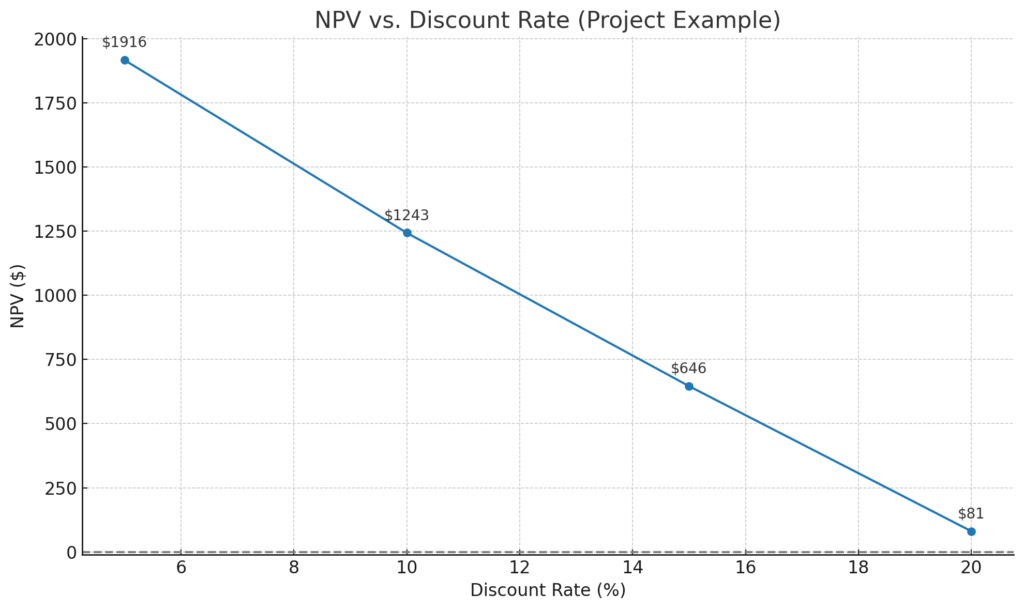
Common Mistakes When Using NPV
- Using inflated forecasts of future cash flows.
- Choosing a random discount rate instead of the cost of capital.
- Ignoring alternative project comparisons.
- Not adjusting for risk factors.
FAQs About Net Present Value
Generally, yes, but NPV should be considered alongside risk, strategic fit, and project scale.
Sometimes, for strategic reasons like entering a new market or gaining long-term positioning.
Typically based on weighted average cost of capital (WACC), expected return, or risk-adjusted rate.
Source links:
Key Takeaway
Net Present Value (NPV) is a cornerstone of financial decision-making. By discounting future cash flows into today’s terms, Net Present Value reveals whether an investment truly creates value.
Bottom line:
- Positive Net Present Value = Worth it
- Negative Net Present Value = Avoid it
- Zero NPV = Break-even
For the best results, use Net Present Value alongside IRR, Payback Period, and Profitability Index before making financial decisions.
